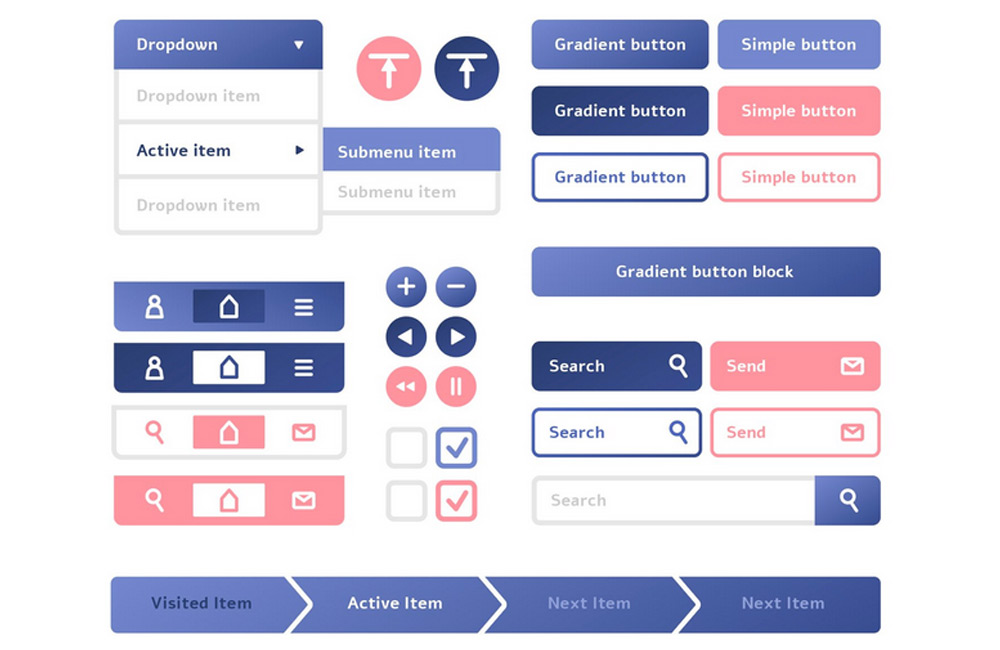Thoughtful navigation is key to helping visitors quickly find the information they need, stay longer on your website, and increase conversions. Clear pathways build trust and improve usability. Good navigation is like a map – it shows the way without making the user think.
1. Clear Menu Structure
Limit the number of main menu items and structure subpages logically. Users should intuitively understand where to click without searching. A good menu usually has five to seven main points – more can confuse. Hierarchy and clarity are more important than creativity. This keeps the visitor focused on content, not navigation.
2. Simple and Understandable Labels
Use terms your target audience understands. Technical jargon or playful wording can confuse visitors and increase bounce rates. Name pages for what they are: “Services”, “About Us”, “Contact”. Clear language builds trust and helps search engines understand your site structure.
3. Mobile-First Navigation
With more users visiting sites via smartphones, Mobile-First is essential. Hamburger menus, sticky navigation, or collapsible structures ensure visitors can navigate easily on the go. Focus on large clickable areas, clear contrasts, and fast loading times. Good mobile navigation is the most important factor for user satisfaction.
4. Internal Linking
Link related content internally. This helps users find additional information and stay longer on your site. At the same time, your SEO link juice spreads throughout your project. Good internal linking strengthens both user experience and rankings. Place links meaningfully in context, not randomly in the text.
5. Integrate a Search Function
On large websites, a visible search function is crucial. Some visitors prefer to find content directly rather than click through menus. Intelligent search with auto-complete or suggestions greatly improves user experience. What users find quickly leaves a positive impression – increasing the chance of conversion.
6. Visual Cues and Breadcrumbs
Breadcrumbs show the current location within the site hierarchy. Colored highlights, icons, or active states in the menu help maintain orientation. This creates a clear sense of structure. Visual guidance is especially important for new visitors unfamiliar with your site.
Conclusion
Perfect navigation ensures visitors find what they need instantly. Clear structure, simple labels, mobile optimization, internal links, and visual cues create a seamless user experience. Those who see navigation as a strategic element boost conversion, trust, and SEO success simultaneously.
Image: freepik.com

